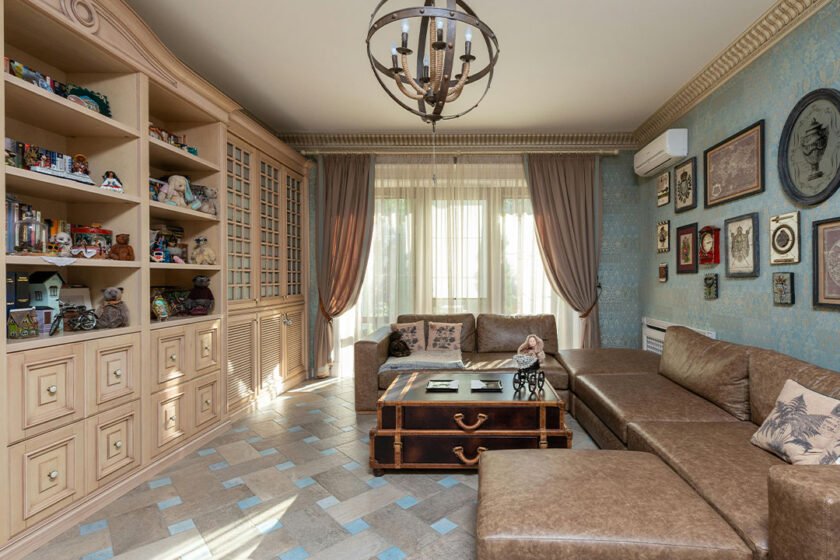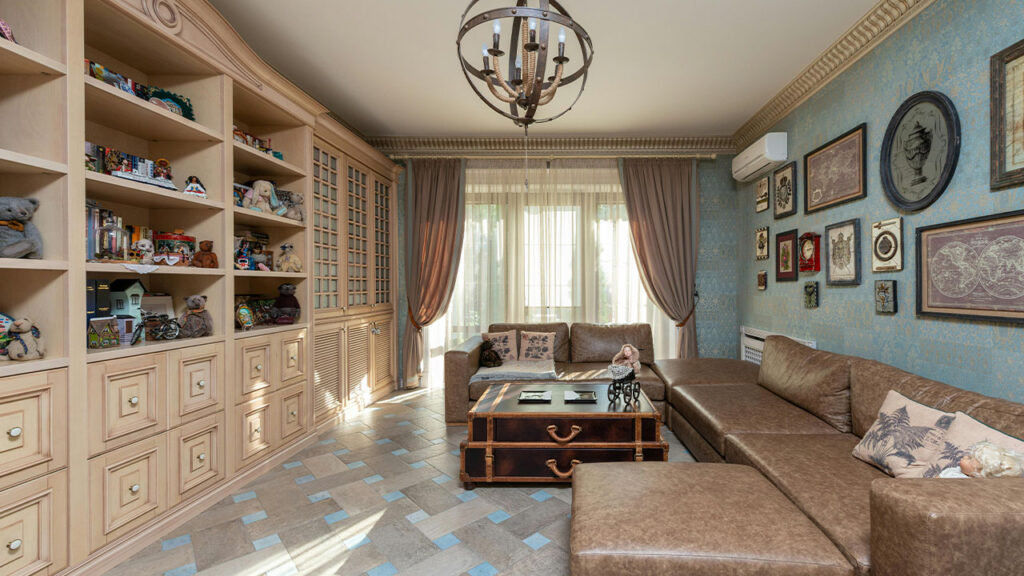
Once considered the height of style, many vintage couch designs haven’t aged as gracefully as we hoped. While a few classic silhouettes still hold their charm, others now feel bulky, outdated, or simply out of sync with how we live and decorate today. From fussy fabrics to oversized arms and odd proportions, these once-trendy sofas are better left in the past—or reimagined with a modern twist.
1. Skirted Floral Sofas
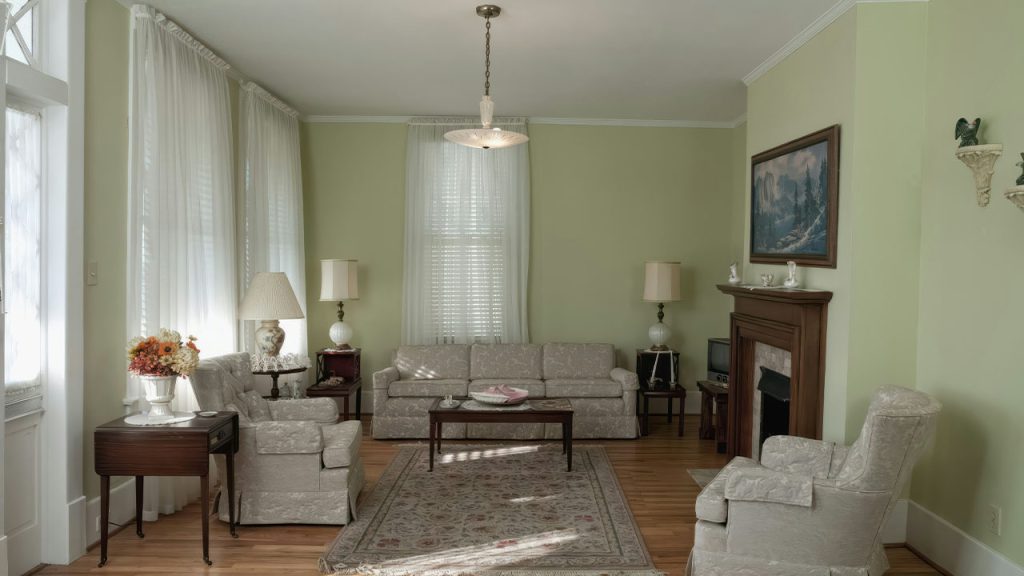
Once a living room staple, skirted floral sofas now feel overly fussy and dated. The busy prints, combined with the full skirt that hides the legs, create a heavy, old-fashioned look that clashes with today’s preference for cleaner lines and simpler silhouettes. They tend to dominate a space rather than complement it, making them a tough fit in modern or minimalist interiors.
2. Overstuffed Rolled Arm Couches

These bulky couches were once prized for their comfort, but their massive arms and deep cushions now feel more overwhelming than inviting. The exaggerated proportions can make even large rooms feel cramped, and their traditional look rarely meshes with current tastes for streamlined, multifunctional furniture. They’re better suited for nostalgia than contemporary use.
3. Tufted Camelback Sofas

Elegant in their time, tufted camelback sofas often feel too formal and rigid for the way people live today. The high back, tight upholstery, and deep button tufts limit comfort, and their refined curves clash with more relaxed, eclectic design schemes. Though charming in period settings, they lack the versatility needed for today’s more casual living spaces.
4. Patterned Jacquard Loveseats
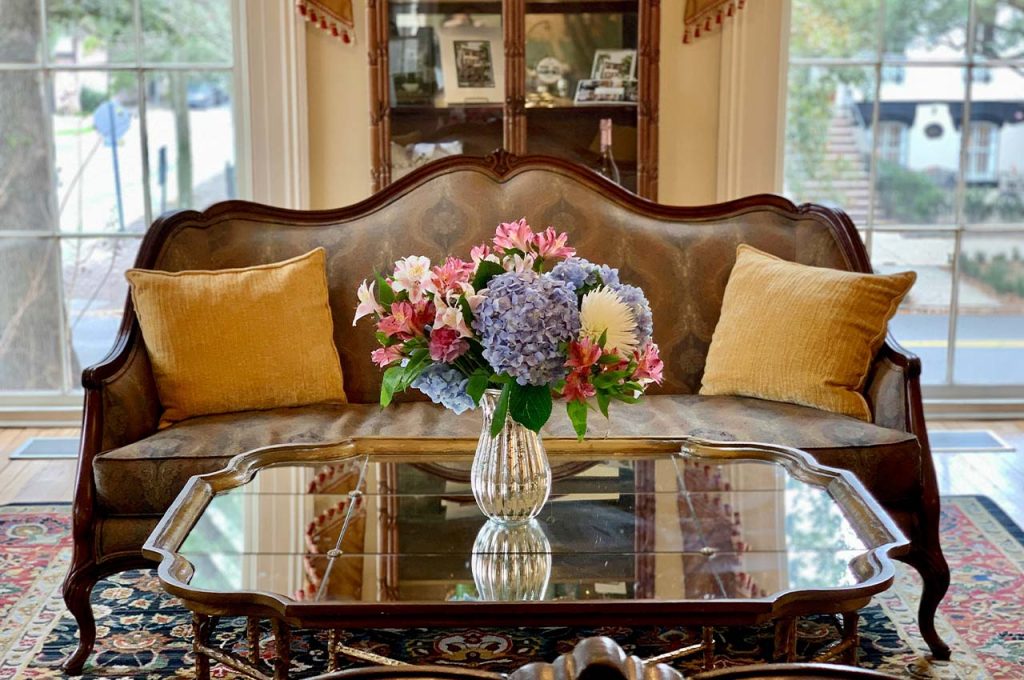
Rich jacquard fabrics with ornate patterns once signified luxury, but in loveseat form, they now read as stuffy and outdated. The dense weave and busy design often feel at odds with contemporary materials like linen, leather, or cotton blends. These pieces can overwhelm a small room and are difficult to integrate into homes that favor texture over heavy ornamentation.
5. Plaid Sofas from the ’70s
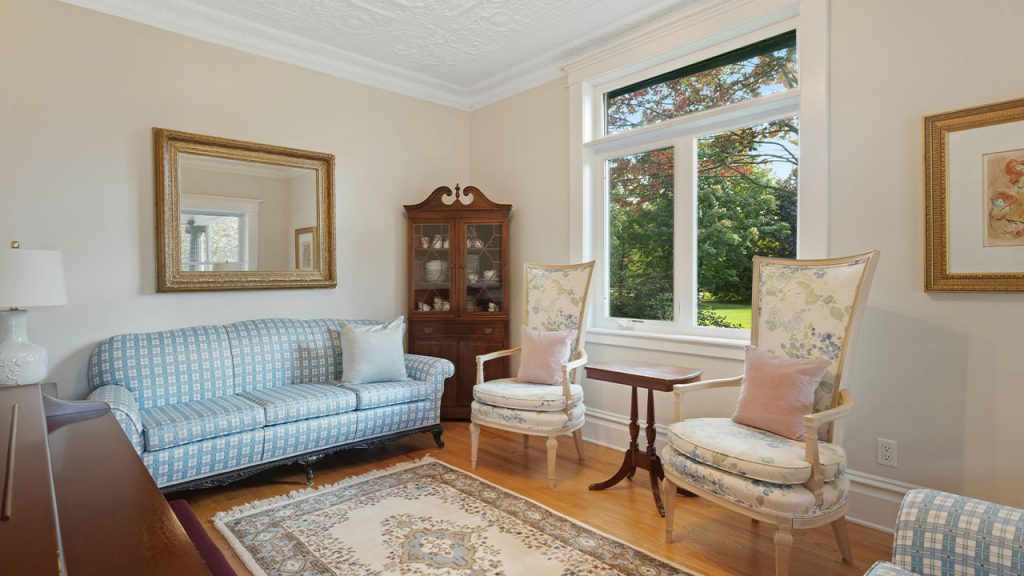
With bold checks and muted earth tones, plaid sofas from the 1970s evoke a rustic vibe that doesn’t translate well to most modern homes. While the pattern can add charm in moderation, full upholstery in these fabrics tends to look worn and overly nostalgic. Their color palettes rarely complement today’s more neutral or vibrant interior schemes, making them hard to revive.
6. Heavy Carved Wood-Trimmed Sofas
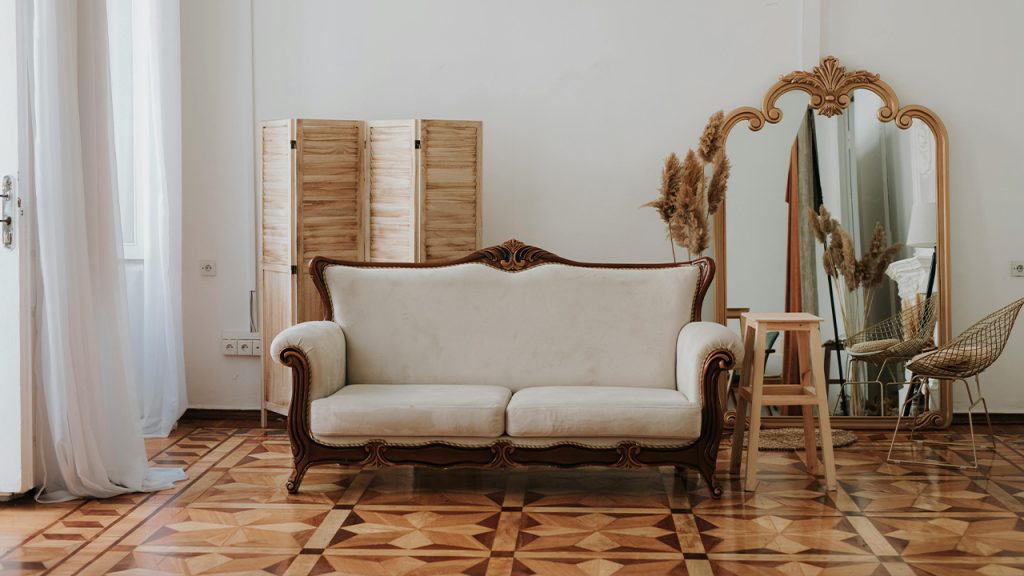
These ornate sofas with elaborate wood trim were once seen as elegant, but today they often come across as overly dramatic and out of sync with contemporary interiors. The dark, glossy wood and intricate carvings compete with other elements in a room, making the space feel rigid and formal. In today’s design world, their visual weight can overwhelm more minimalist or casual environments.
7. Curved Sectionals from the ’60s
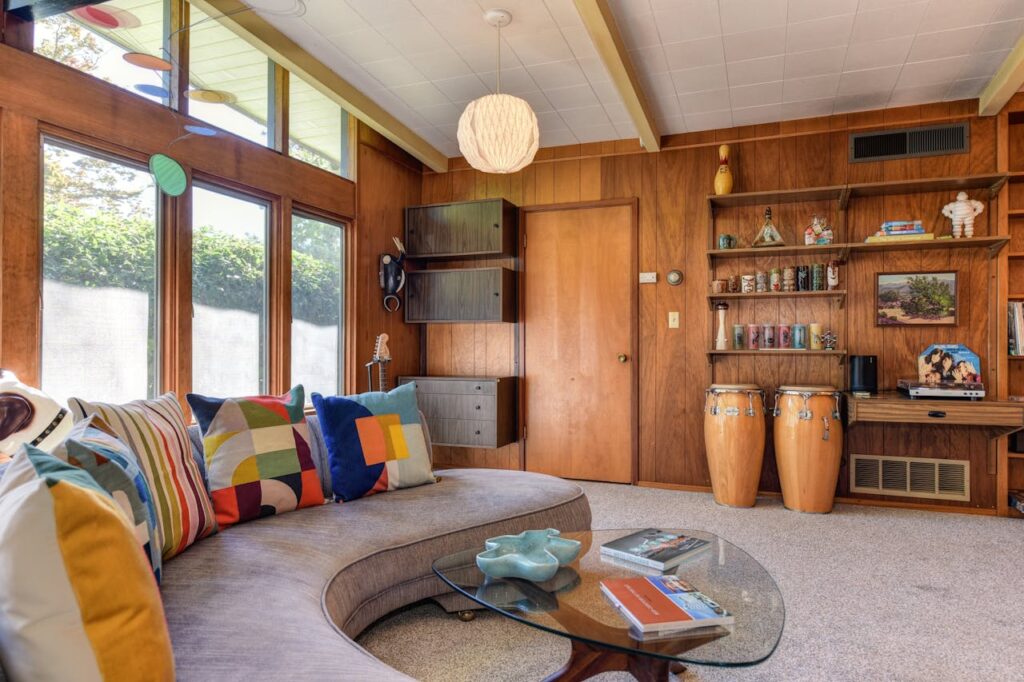
While their retro silhouette once screamed futuristic, curved sectionals from the ’60s now feel oddly proportioned and impractical. Often massive and low-slung, they eat up floor space and are hard to arrange in rooms that prioritize flexibility and flow. Their distinct shape doesn’t lend itself to easy pairing with modern decor, making them more of a novelty than a functional staple.
8. Sleeper Sofas With Bar Support
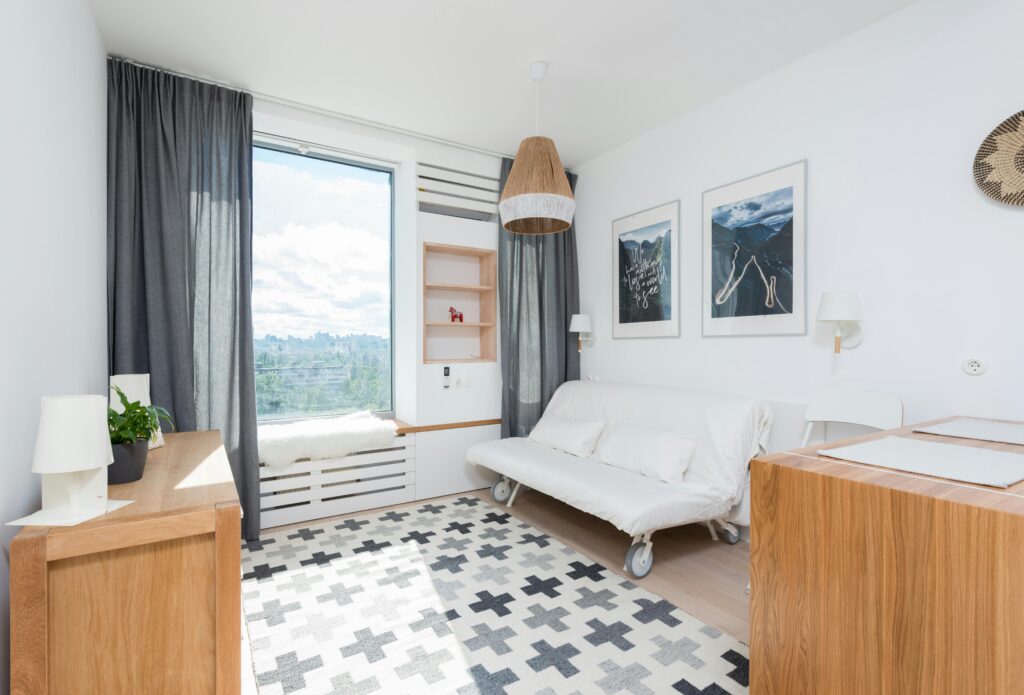
Older sleeper sofas with bar-supported mattresses are notorious for their uncomfortable, lumpy beds and clunky mechanisms. While the idea of dual-purpose furniture is great, these designs fall short on both form and function. The sofa cushions often lack comfort, and the metal bar digging into your back ensures a restless night. Modern alternatives have thankfully raised the bar—literally.
9. Vinyl Couches With Button Tufting

Vinyl couches with deep button tufting were once admired for their easy maintenance and mid-century flair, but they haven’t aged well. The material often cracks, peels, and sticks to skin in warm weather, while the tufting collects dust and grime. Their shiny finish and stiff feel make them more reminiscent of waiting rooms than welcoming homes, leaving them largely out of favor.
10. Ruffled Country-Style Sofas
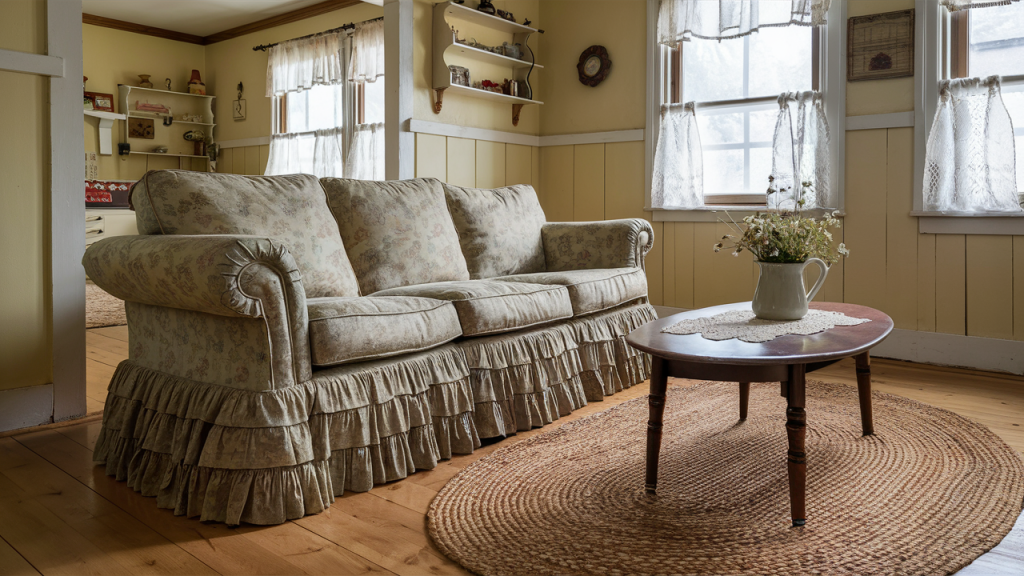
Ruffled sofas with dainty prints and cottage-inspired charm may bring back memories, but they rarely blend into today’s interiors. The excessive fabric, flouncy skirting, and floral overload can quickly make a room look cluttered and outdated. While they might work in themed or vintage-inspired homes, their overly nostalgic vibe doesn’t suit modern design’s cleaner, sleeker sensibilities.
11. Bold Southwestern Upholstery Styles
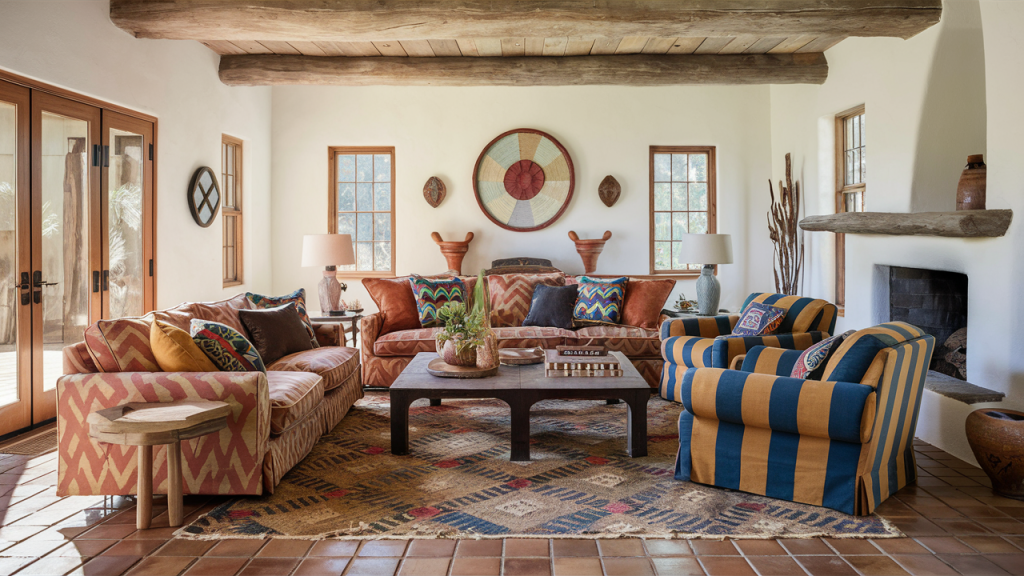
Couches wrapped in bold Southwestern patterns—complete with desert tones, tribal motifs, and heavy textures—were once all the rage. But their strong visuals can easily dominate a room and clash with more neutral or modern decor. While the aesthetic still has fans, today’s interiors tend to favor subtle nods over full-on themed furniture, making these pieces feel stuck in the past.
12. Leather Sofas in Burgundy or Forest Green
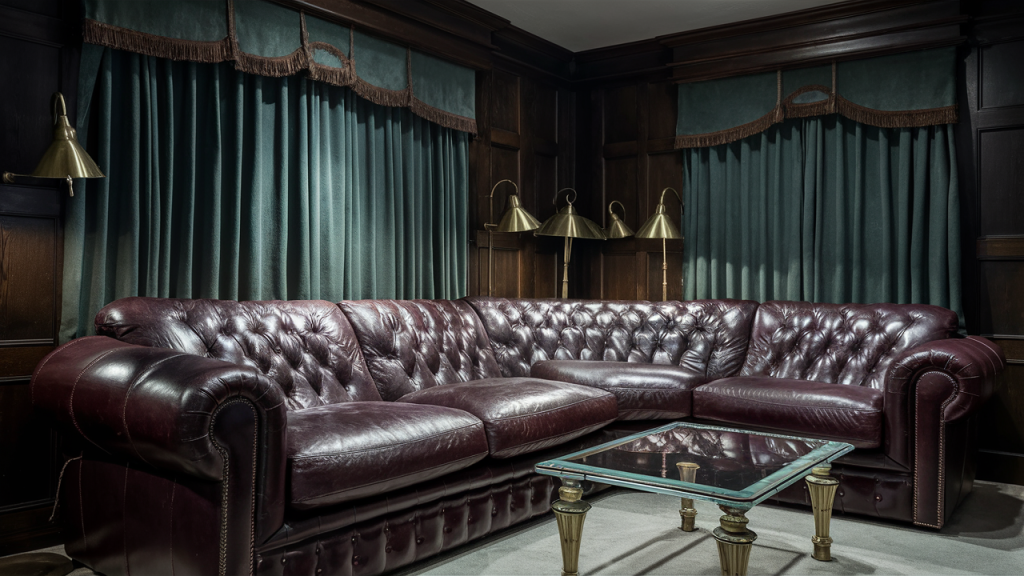
Once seen as upscale and moody, burgundy and forest green leather sofas now often read as dated and heavy. These deep hues can darken a room and feel out of place in the light, airy spaces popular today. Add in stiff, shiny leather and bulky arms, and you’ve got a couch that feels more like a boardroom relic than a cozy, stylish place to relax.
13. Stiff Midcentury Knockoffs
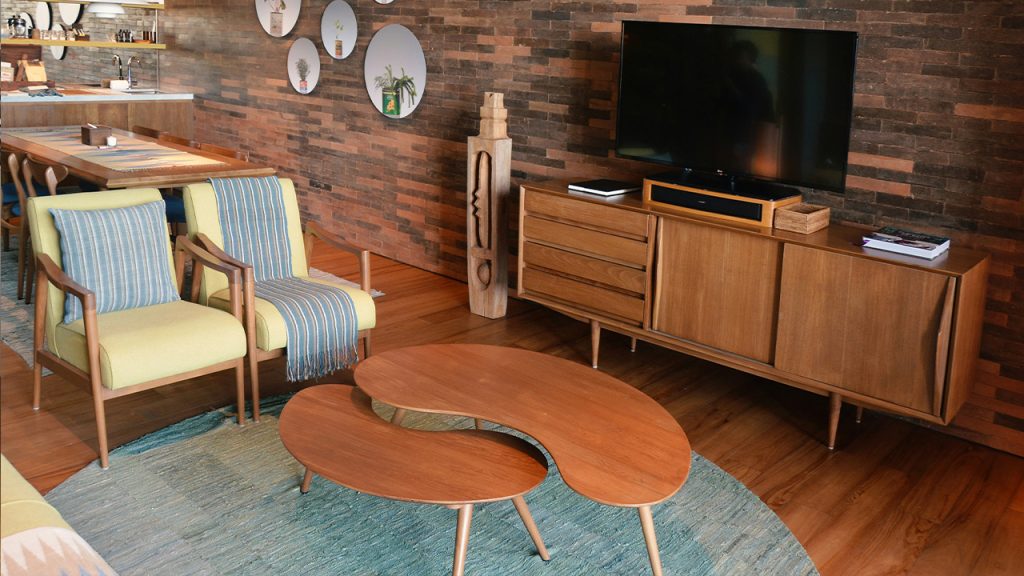
Midcentury modern is still beloved—but poorly made replicas with rigid lines and uncomfortable cushions have given the style a bad name. These knockoffs often skimp on comfort and craftsmanship, making them a frustrating mix of looks without livability. What was once sleek and iconic now risks looking generic and impractical when authenticity and function are sacrificed.
14. Overly Formal Victorian Settees
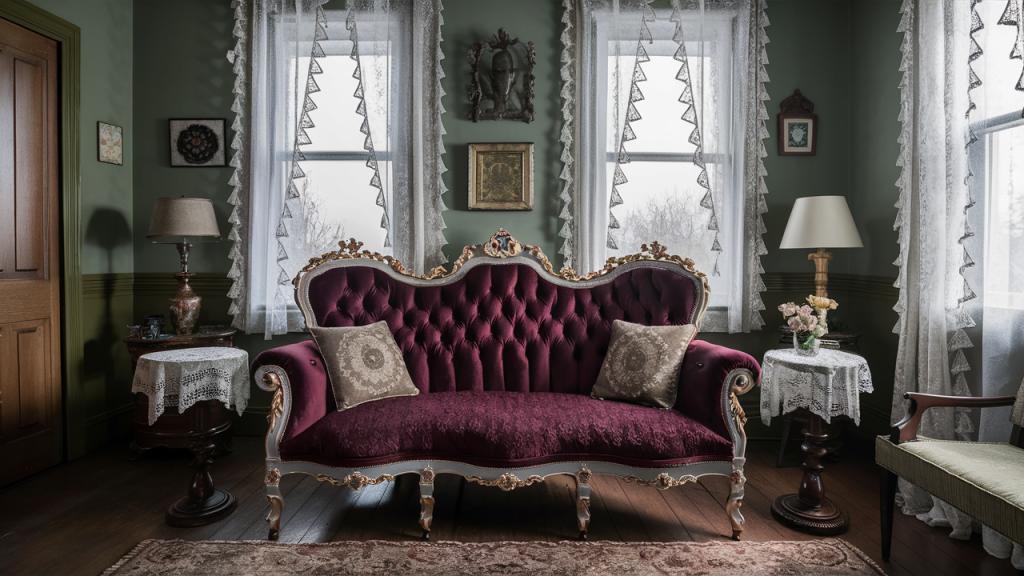
With their carved wood frames, velvet upholstery, and upright posture, Victorian settees look more like museum pieces than functional seating. Their delicate frames and petite proportions make them ill-suited for everyday lounging, and their stiff demeanor doesn’t vibe with today’s more relaxed design sensibilities. They often feel more theatrical than livable in modern homes.
15. Pillow-Back Sofas With Attached Cushions

These sofas were designed for comfort, but the permanently affixed back cushions often sag, shift, or lose shape over time. They quickly look messy and are difficult to clean or re-fluff. While they may have once suggested a plush, laid-back vibe, today’s designs lean toward cleaner silhouettes with removable, supportive cushions that hold their structure and style.
16. Clunky Modular Sofas With Built-In Storage
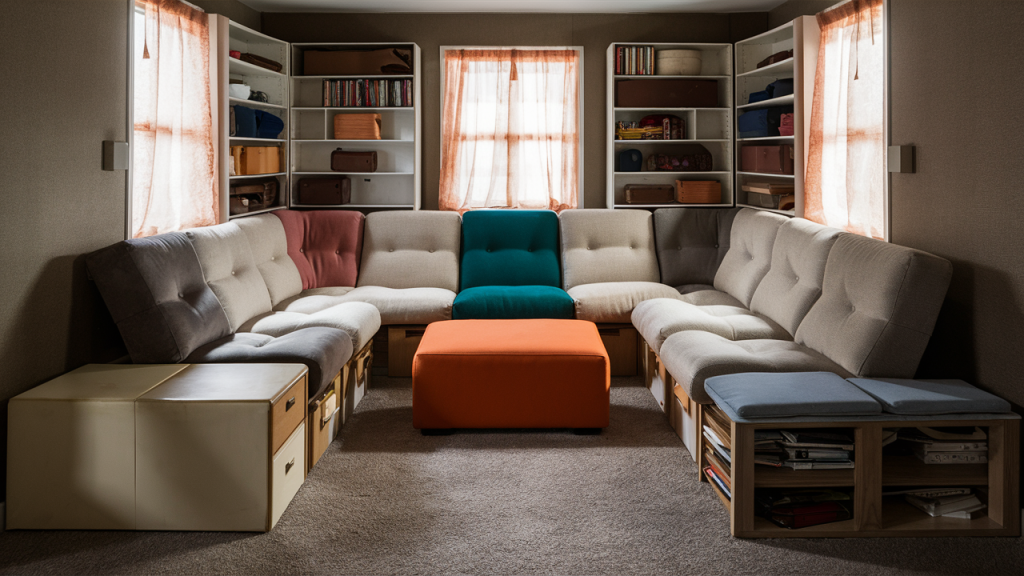
While storage is always a win in theory, bulky modular sofas that hide compartments in every seat or armrest often sacrifice aesthetics and comfort. Their oversized proportions can overwhelm a space, and the mechanical features tend to wear down or creak over time. Instead of feeling sleek or smart, these couches often come off as clunky space-hogs with a design that’s more gimmick than grace.
17. Fainting Couches
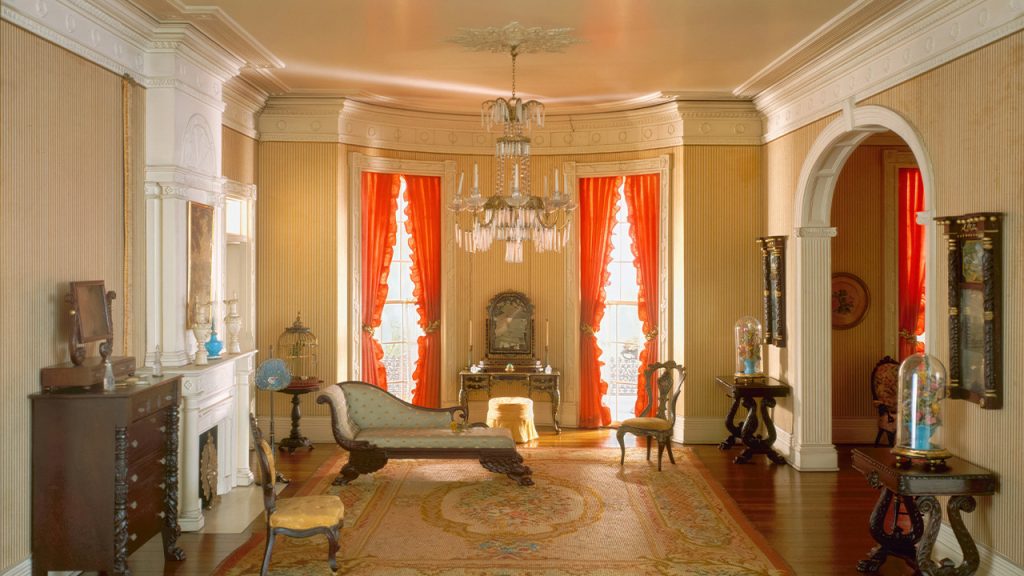
Originally intended for quick naps in corsets—not casual conversation—fainting couches just don’t fit modern living. Their asymmetrical shape and single arm make them awkward for lounging, and they lack the versatility people expect from living room furniture. Though they can look elegant in a hallway or bedroom corner, using one as your main sofa feels more like a design statement than a functional choice.
Want to see more from Remodr?

Drop a comment below, share this with your friends and family, and don’t forget to follow us for more fresh ideas, updates, tips, and home trends.
This article was created with the assistance of AI but thoroughly edited by a human being.

